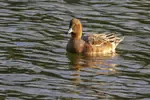- Home
- Walks
- Northamptonshire walks
- Barnwell
Barnwell Country Park
Have you ever stumbled upon a hidden gem in the countryside?
Just a stone's throw from the charming Northamptonshire market town of Oundle, Barnwell Country Park is waiting for you to discover it.
This former gravel extraction site has been transformed into a haven for nature enthusiasts and families alike, with five lakes, winding pathways, and the River Nene backwater that's home to kingfishers and otters.
As you explore the park, what will you spot?
A flash of blue as a kingfisher darts across the water? The playful antics of otters in their natural habitat?
With a play area for kids, a visitor's centre, and the Kingfisher Cafe, there's something for everyone to enjoy. And the best part? Admission is free, with parking available for a small fee.
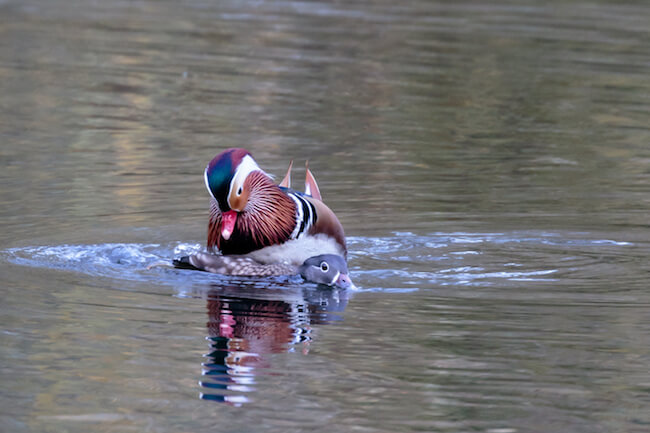 Pair of Mandarin ducks mating
Pair of Mandarin ducks matingA Classroom Beneath the Sky
Children are welcome at Barnwell Country Park, where the great outdoors becomes a living, breathing classroom.
What secrets will they uncover as you explore the park's wildlife haven together?
Will your kids be able to identify the mysterious objects hidden in our touch boxes, or recognise the skulls of the creatures that call the park home?
From bug-hunting to tree-spotting, our engaging activities are designed to spark curiosity and inspire young minds to learn about the natural world.
Whether they are toddlers or school-age adventurers, we have something for everyone - from ranger-led Nature Tots events to mini-beast safaris, orienteering, and pond-dipping excursions.
The Bird Hides at Barnwell Country Park
Have you ever found yourself mesmerised by the fleeting glimpse of a kingfisher's iridescent feathers or the distinctive chatter of a reed warbler? If so, you're in luck!
The park is perfect for bird watchers, with two hides and several sheltered lookout points that offer the perfect blend of comfort and unobstructed views.
The Lowlands Hide

Take a short stroll from the parking area to the Lowlands Hide, where warblers nest in spring, and birds like marsh tits and nuthatch visit the feeders.
If you're lucky you might spot the pink breasts of the bullfinch or the colourful plumage of a male mandarin duck from here too.
Sit in comfort on the moveable benches and enjoy the birds, mammals and insects in close proximity.
The wildlife I have photographed at Barnwell includes...
|
|
Can you tell a tree creeper from a goosander? For many of us, identifying birds can be a puzzle. But what if you could confidently recognise the birds on your next visit?
My beginner's guide to bird identification is here to help you crack the code and start enjoying the fascinating world of birdwatching
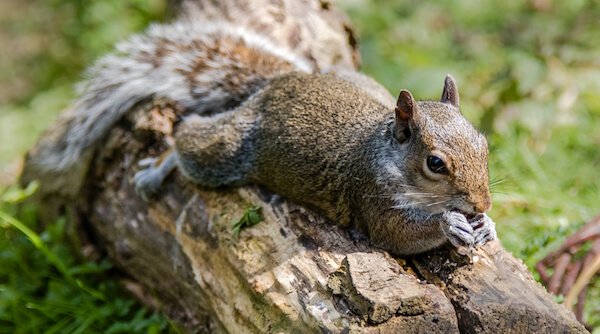 Chilled out grey squirrel
Chilled out grey squirrelThe KingFisher Hide at Barnwell
Have you ever tried to capture the perfect shot of a kingfisher in flight? It's a challenge even for the most seasoned photographers.
But what if you had a front-row seat to their habitat, with the perfect lighting to boot?
The Kingfisher Hide, accessed by crossing a footbridge beyond the children's play area, offers just that.
With its prime location facing Little Lake, a hotspot for these elusive birds, you'll be well on your way to snapping stunning photos – if you're patient enough to wait for the perfect shot.
What's the secret to capturing a prize-winning photo?
Sometimes, it's simply a matter of being in the right place at the right time.
I recall a particularly memorable visit to this hide. Just as I was about to pack up and leave, a kingfisher suddenly appeared right beside me, and I snapped the photo below.
It went on to win a local competition, but what struck me most was the reminder that patience and persistence can be just as important as technical skill in photography.
 Male Kingfisher
Male KingfisherWildlife Photography Tips
Ever wondered how wildlife photographers capture those breathtaking shots of birds and animals in their natural habitats?
At the Lowlands hide, the wardens have cleverly positioned logs with nuts and seeds to lure in the perfect subjects.
But here's the best part: you don't need a fancy camera to get started.
Even a basic camera with a zoom lens can yield impressive results.
However, if you're after that coveted blurred background effect, a professional camera setup is the way to go.
So, what's the secret to turning your snapshots into stunning wildlife photography? It all starts with understanding your camera settings.
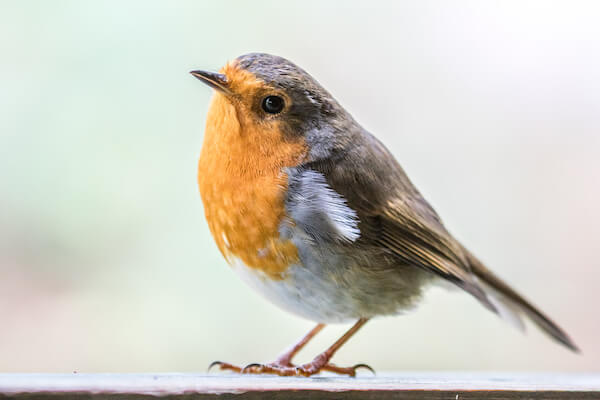
Barnwell's Breeding birds
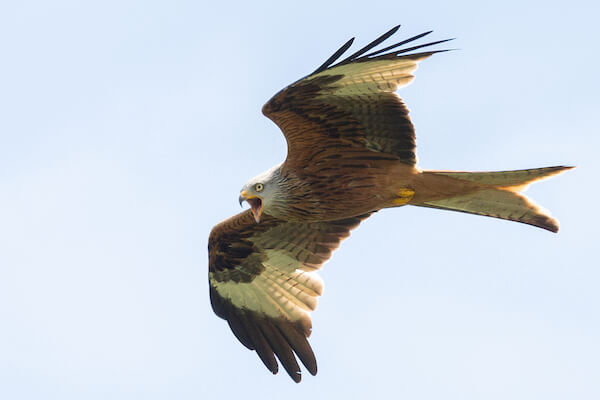
What's the irresistible charm of baby birds? Is it their downy feathers, their oversized eyes, or their endearingly wobbly first steps?
For years, I've been captivated by the young birds around the lakes at Barnwell, and I've been lucky enough to capture their earliest moments on camera.
This country park is home to a remarkable variety of birdlife, including mute swans, mallard ducks, red kites, and great crested grebes – all of which have allowed me a glimpse into their intimate lives.
From the meticulous nest-building to the fiercely protective parents, every stage of their development is a fascinating spectacle.
And, as the local wildlife has grown accustomed to human presence, I've been able to get up close and personal with these incredible creatures – especially the photogenic mute swan cygnets, which have become a favourite subject in my photography and artwork.
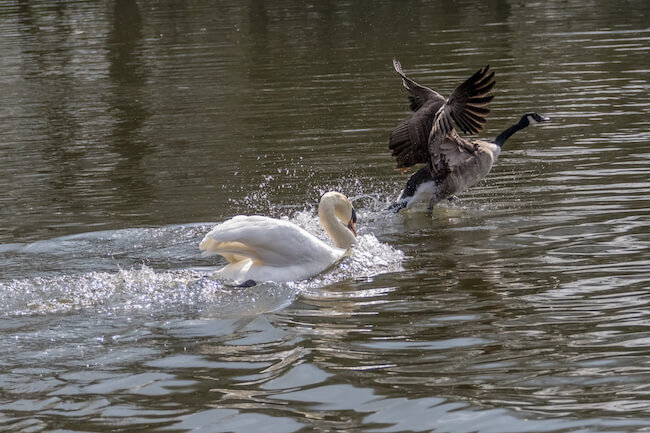 Seeing off the Canada Geese
Seeing off the Canada Geese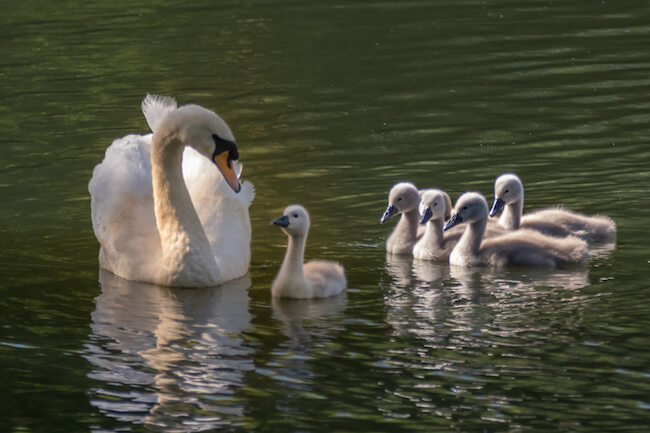 Mute Swan family
Mute Swan familyHave you ever witnessed the remarkable teamwork of a pair of great crested grebe building their nest and raising their young?
I had the privilege of observing this fascinating process up close at Barnwell in 2017.
Over multiple visits throughout the breeding season, I captured the entire journey in photographs and notes.
What I saw was a remarkable display of cooperation and dedication between the parent birds. You can explore the full story and images on a dedicated page here on the site.
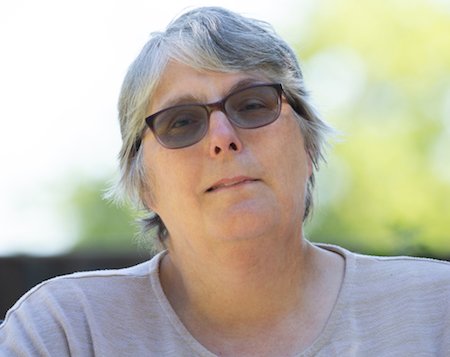
About the Author
For me, it’s never been just about bird names or camera settings, but the thrill of seeing a distant speck turn into a hunting kestrel.
After years of learning how to notice and photograph those moments, my camera has become the tool - and this site the field notebook - where I share what I’ve discovered.
If you’re ready to look a little closer, you’ll find the trips, lessons, and small wins that can help you see and photograph the wildlife right on your doorstep.
Step Behind the Wild Lens
If you’ve enjoyed your time here, you can also follow along by email.
I send the Wild Lens newsletter occasionally. It’s where I share:
- Fresh field notes and recent encounters
- The stories behind favourite photos
- Practical tips that don’t always make it onto the site
You’ll get new UK wildlife guides, photo tips, and ideas for your next walk, straight to your inbox.


